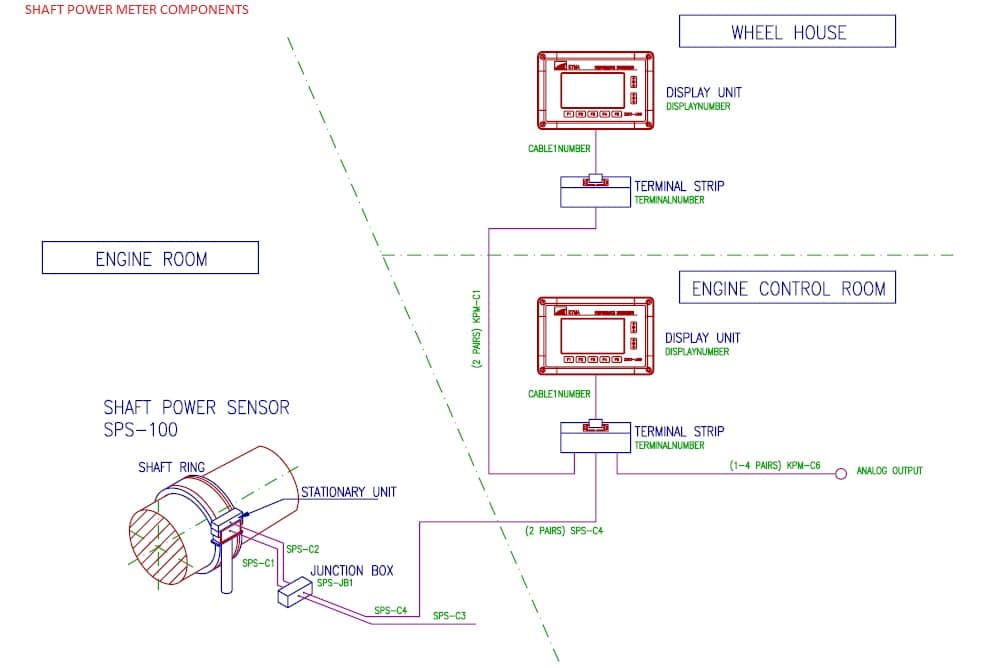A leading international Classification Society “ClassNK ” has recently released a general guidelines for Autonomous ship operations. According to the information provided on their website, the guidelines includes;
List of Autonomous ship operation guidelines
• Installations and control of Automated Operation Systems
• Design development
• Remote Operation Systems
However, as interest in autonomous ship and remotely-controlled ships is growing fast, also actively research and development of technology relating to maritime autonomous surface ships (MASS) has been on for the past years with the aim of improving safety by preventing human errors, as well as improving working conditions by reducing the work force on ship crew members, while demonstration experiments are being carried out on a globally.
Related read: Captain vs Chief Engineer: Fact About Their Responsibilities
According to the information gathered, “It is expected that the design and development of technology relating to MASS will be performed in various concepts. The direction of the developments can be roughly divided into the following two ways: design and development aiming to lessen the number of crew members onboard unmanned ships or comparatively small ships with limited short navigation routes, and design and development for partial automation of onboard tasks or remote support, mainly with the purpose of supporting the onboard operation of crew members” It says.
To read more details base on the guidelines or to download the ClassNK guidelines pdf, we recommend you to see an article on maritime Cyprus.
This post was shared and edited from the original source. It’s for our readers and crews to be updated. All rights reserves to the owners.









